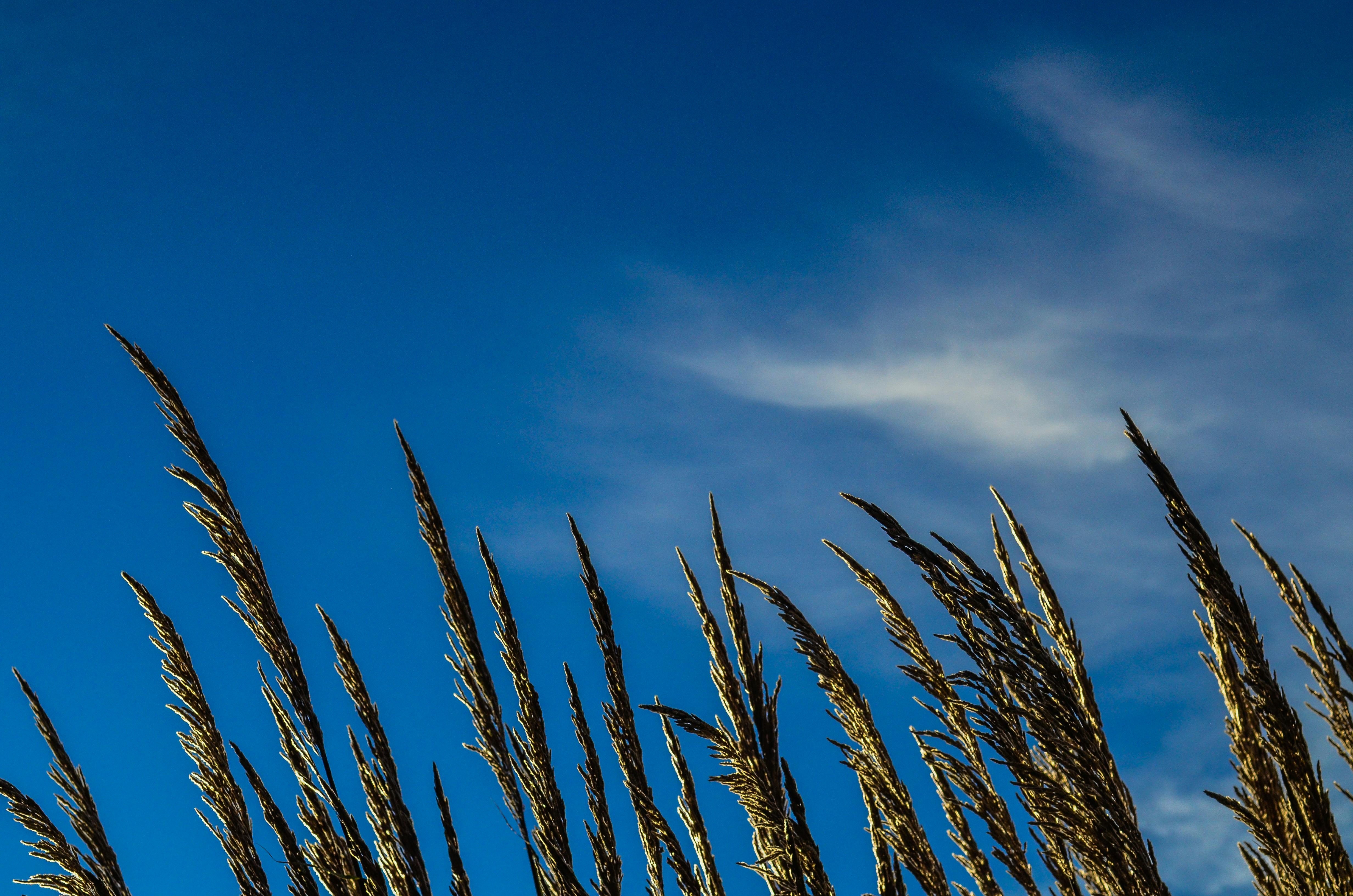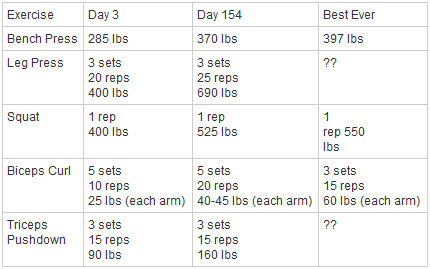Essential Guide to Crayfish Diet for Healthy Growth in 2025

Apply Now


Essential Guide to Crayfish Diet for Healthy Growth in 2025
Understanding Crayfish and Their Dietary Needs
Crayfish are fascinating creatures found in various freshwater habitats, encompassing ponds, lakes, and rivers. As omnivorous scavengers, their diet plays a crucial role in maintaining their health and supporting their growth. Understanding their nutritional needs is fundamental for anyone interested in keeping crayfish in aquariums or ponds. A balanced crayfish diet not only enhances growth but also promotes vibrant coloration and reproduction. In this guide, we will explore the feeding habits, dietary preferences, and nutritional requirements essential for optimal crayfish health and growth. Crayfish primarily feed on organic materials available in their environment. Their omnivorous diet consists of both plant-based and animal-based food sources, such as detritus, aquatic vegetation, insects, and small fish. This article will delve into the various food types that are suitable for crayfish, examining both commercial and homemade feeding options. Additionally, we will address how factors like habitat and seasonal changes can influence their feeding behaviors.Types of Food Suitable for Crayfish
To cater to the diverse dietary preferences of crayfish, it is important to understand the different types of food available. Crayfish food falls into several categories: commercial feeds, homemade blends, and natural forage. Each type of food provides specific benefits contributing to the crayfish's growth and wellbeing. Commercial crayfish feeds, such as pellets, are designed to meet the basic nutritional needs of crayfish. These feeds often contain essential vitamins, minerals, and proteins that promote healthy growth rates. Moreover, specific pellets are formulated to encourage reproduction, thereby supporting breeding efforts in aquaculture settings. Homemade crayfish food is another viable option. Many aquarists prepare their food mixes using vegetables, fruits, and protein sources such as fish or shrimp. Rich in nutrients, homemade blends can include options like zucchini, carrot slices, and pieces of fish which provide a balanced diet. Natural food sources, like detritus and aquatic plants, also form an integral part of a crayfish's diet in their habitat. Being scavengers, crayfish actively forage for these materials, ensuring they receive varied nutrients essential for their growth.Crayfish Nutritional Requirements
Understanding the crucial nutrients needed for crayfish health is vital when formulating their diet. Crayfish have specific nutritional requirements, which include proteins, carbohydrates, vitamins, and minerals. Proteins are one of the most important dietary components for crayfish, supporting tissue growth, repair, and reproduction. The protein requirements for crayfish vary between species and developmental stages, with juvenile crayfish requiring a higher protein content than adults. Excellent sources of protein include commercial food pellets, fish meal, and insects. Besides protein, crayfish require carbohydrates as an energy source. Including various plant materials in their diet ensures they receive adequate carbohydrates. Vegetables like spinach, peas, and carrots are popular choices among aquarists for providing necessary nutrients. Vitamins and minerals, including calcium, play a pivotal role in maintaining crayfish health. Calcium is essential for shell development and regeneration. Sources of calcium include crushed eggshells and specialized calcium-rich feeds.Feeding Habits of Crayfish in Various Environments
The feeding habits of crayfish can significantly vary depending on their environment—be it an aquarium, pond, or natural habitat. In aquariums, crayfish tend to be more opportunistic feeders, particularly if adequately fed with high-quality pellets or homemade food. In contrast, crayfish in ponds have access to a broader variety of food sources, adapting their feeding habits according to seasonal changes. During warmer months when food is abundant, crayfish tend to exhibit more active foraging behaviors, making the most of their habitat's resources. As water temperatures fluctuate, however, their foraging activities may decrease, correlating with their metabolism and overall feeding dynamics. Understanding these feeding habits allows aquarists and pond owners to strategize feeding schedules that align with the crayfish's natural behaviors, supporting healthy growth and minimizing food waste.Key Nutritional Components for Crayfish
It is essential to ensure that the diet provided addresses the basic nutritional needs of crayfish. Below, we will explore some key components critical to a balanced crayfish diet.Proteins: The Building Blocks of Growth
Proteins are vital for crayfish growth and development. They are necessary for muscle development, tissue repair, and overall functioning. To meet the crayfish's protein requirements, aquarists should consider feeding them high-quality food pellets that contain at least 30-40% protein. Additionally, introducing natural protein sources, such as insects or small fish, can support healthy growth.Fats: Essential for Energy
Dietary fats also play an important role in crayfish nutrition, serving as a concentrated energy source. Healthy fats can promote growth rates while aiding in the absorption of fat-soluble vitamins. Including small amounts of fatty fish, such as salmon or mackerel, in their diet can provide essential fatty acids beneficial for crayfish development.Vitamins and Minerals: Supporting Overall Health
A well-rounded crayfish diet must include essential vitamins and minerals. For instance, Vitamin A is necessary for vision and immune function, while Vitamin D promotes calcium metabolism crucial for shell integrity. Moreover, minerals like calcium and phosphorus are critical for a healthy exoskeleton and reproduction. Ensuring that crayfish have access to appropriate calcium sources, such as crushed coral or specifically designed mineral blocks, supports their biological needs.Natural vs. Supplemented Diets for Crayfish
Transitioning between a natural diet and supplemented feeding is often a preferred practice among crayfish caregivers. Understanding the pros and cons of each approach can significantly impact the growth and health of crayfish.The Role of Natural Diets
Natural diets for crayfish typically consist of algae, decomposing plant matter, and small aquatic organisms. Such a diet allows crayfish to thrive while playing their ecological role as scavengers. Utilizing natural foraging techniques, crayfish can obtain a diverse range of nutrients through scavenging behaviors. One of the advantages of a natural diet is the reduced cost and reliance on commercial feeds. However, natural diets can be unpredictable and inconsistent, particularly during seasons with limited food availability.The Advantages of Supplemented Diets
Supplementing a diet with high-quality commercial feeds or homemade blends can help ensure that crayfish receive balanced nutrition. This is particularly important in captivity, where natural food sources may be limited. Using commercial crayfish feeds guarantees optimal nutrition, especially for breeding programs where growth rates and reproductive health are crucial. However, it is important not to over-rely on supplemental feeding, as it may lead to imbalances if not combined with natural foraging opportunities.Creating a Balanced Diet for Crayfish
To foster healthy growth, it is essential to create a balanced diet for crayfish that addresses all their nutritional needs. Including a variety of food types—such as protein-rich feeds, plant materials, and calcium sources—will significantly contribute to their overall wellbeing. Utilizing a feeding schedule that accounts for their foraging habits and dietary preferences will further optimize their growth potential. Regular monitoring of their health will help adjust feeding practices as necessary, ensuring that their dietary needs are consistently met.
